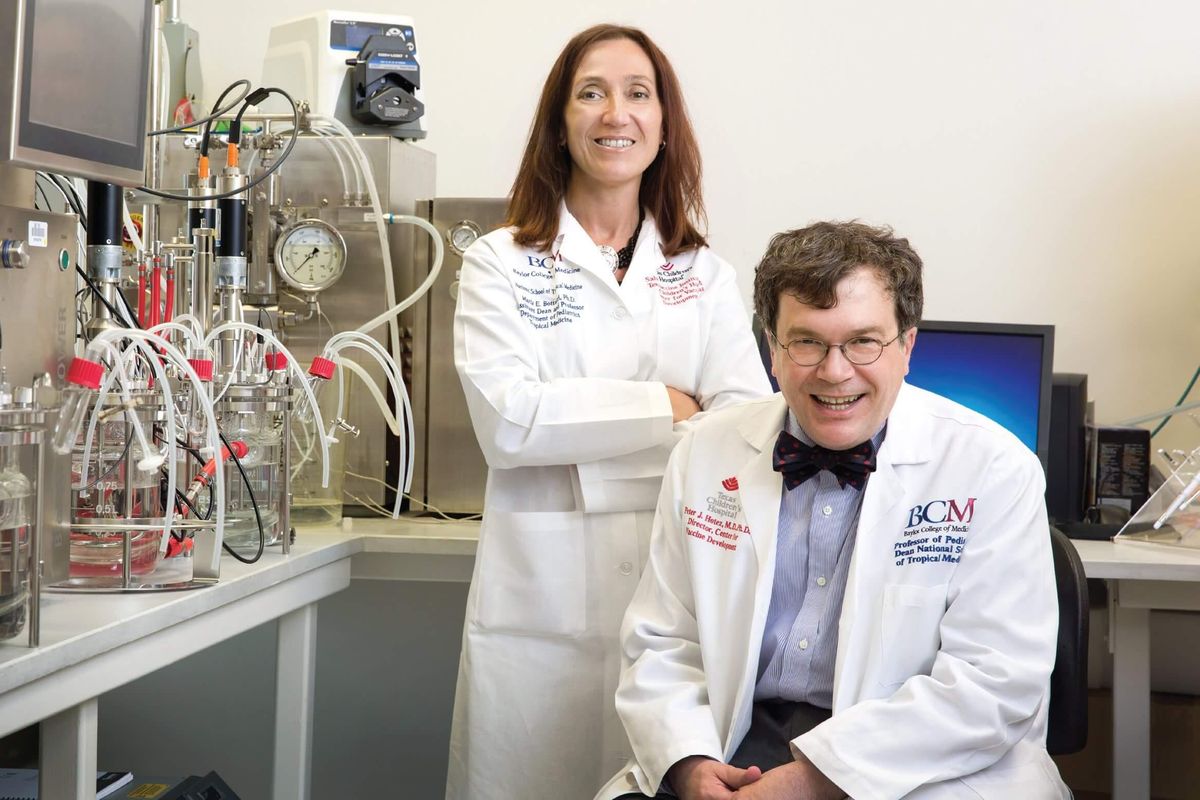3 clean energy innovators make Forbes list of top young energy professionals
under 30
A handful of Houstonians have been named to the Forbes 30 Under 30 Energy and Green Tech list for 2025.
Kip Daujotas is an investment associate at Aramco Ventures, a $7.5 billion venture capital arm of the world's largest energy company. Houston is the Americas headquarters for Saudi Aramco. Since its inception in 2012, Aramco Ventures has invested in more than 100 tech startups. Daujotas joined the team over two years ago after studying for an MBA at Yale University. He led Aramco’s first direct air capture (DAC) investment — in Los Alamos, New Mexico-based Spiritus.
Also representing the corporate side of the industry, Wenting Gao immigrated from Beijing to obtain an economics degree from Harvard University, then got a job at consulting giant McKinsey, where she recently became the firm’s youngest partner. Gao works on bringing sustainability strategies to energy and materials companies as well as investors. Her areas of expertise include battery materials, waste, biofuels, and low-carbon products.
Last but not least, Houston entrepreneur Rawand Rasheed is co-founder and CEO of Houston-based Helix Earth. He co-founded the startup after earning a doctoral degree from Rice University and co-inventing Helix’s core technology while at NASA, first as a graduate research fellow and then as an engineer. The core technology, a space capsule air filtration system, has been applied to retrofitting HVAC systems for commercial buildings.
Each year, Forbes 30 Under 30 recognizes 600 honorees in 20 categories. The 2025 honorees were selected from more than 10,000 nominees by Forbes staff and a panel of independent judges based on factors such as funding, revenue, social impact, scale, inventiveness, and potential.
Specifically, the Energy & Green Tech category recognizes young entrepreneurs driving innovation that’s aimed at creating a cleaner, greener future.
“Gen Z is one of the fastest-growing groups of entrepreneurs and creators, who are reshaping the way the world conducts business, and our Under 30 class of 2025 proves that you can never begin your career journey too early,” says Alexandra York, editor of Forbes Under 30. “With the expansion across AI, technology, social media, and other industries, the honorees on this year’s list are pushing the boundaries and building their brands beyond traditional scopes.”
------
This article originally ran on EnergyCapital.
- Local billionaires top list of richest in Houston, per Forbes ›
- 10 Houston billionaires bank spots on Forbes' 2020 list of richest Americans ›
- Houston school named among 'New Ivies' on Forbes list ›
- Texas earns healthy rating as 2nd best state for nurses, Forbes says ›
- 11 Houston billionaires join Elon Musk on Forbes' list of the world's richest ›
- Tilman Fertitta tops new Forbes list of Houston's richest billionaires ›
- NASA lands on top of prestigious list of Forbes' best employers in Texas ›




















